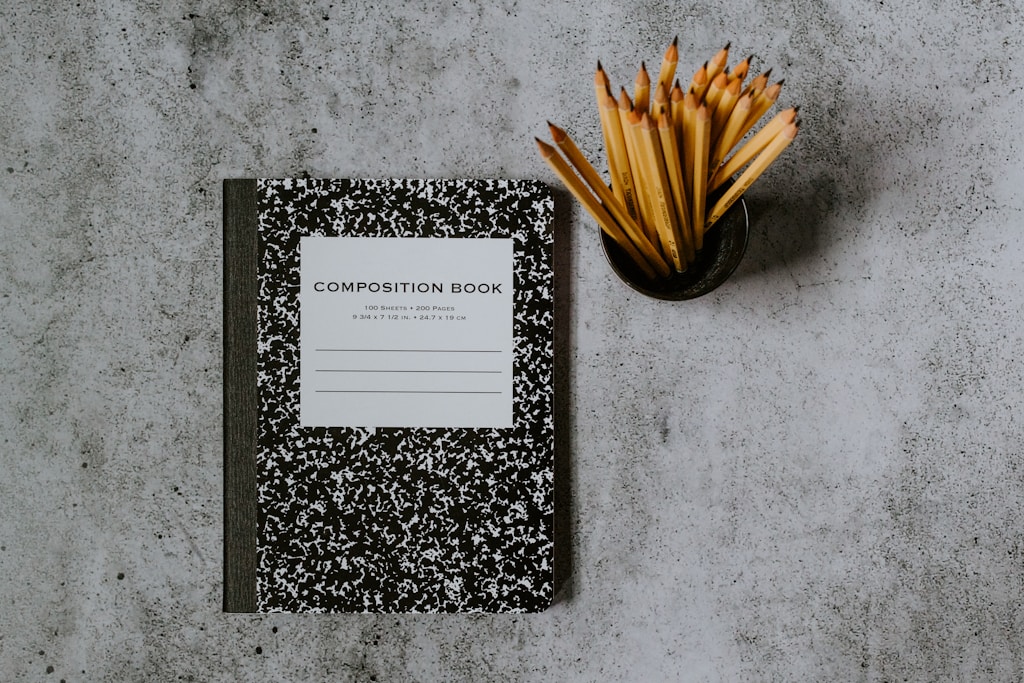
Why (and How) You Should Keep a Commonplace Book
One of the best things to come into my life as a reader is the knowledge of a commonplace book. It’s a place to collect your favorite quotes and passages from books (or movies or TV shows or newspaper articles or daily conversations) and it can become a truly beautiful time capsule of your reading life. The notion isn’t new by any means; Marcus Aurelius kept one, as did Ralph Waldo Emerson, Henry David Thoreau, Mark Twain, and Virginia Woolf. Austin Kleon writes endlessly about his notebooks, one of which being his daily quote journal where he keeps any interesting thing he hears or reads every single day. The mom in A Walk to Remember had one, too — it’s what Mandy Moore is reading from in the hospital bed at the end of the movie.
The why is simple: A commonplace book will enrich your reading life in ways you can’t even imagine. The act of copying down the words that move you will help lock the book in your memory. The feeling of flipping through your own notebook — be it print or digital — is indescribable. It’s a journal of what was meaningful to you at a certain point in time, but it’s not in your own words.
I’ve kept a commonplace book in the form of a Tumblr for over a decade now, and every few years try to transfer it all into a lovely little notebook I bought specifically for the job. But I don’t love my handwriting, so the print thing isn’t right for me. The digital commonplace book, though, is perfect. I love scrolling through it and watching my reading habits change. The types of books I read in 2011 are different from the ones I read today, as are the kinds of passages that speak to me.
How to Start a Commonplace Book
A commonplace book doesn’t need to be anything fancy. It’s deeply personal and should suit you and your needs. Here are some tips for getting started with your own.
Pick a Format
The classic format is a print commonplace book in your favorite brand of notebook, which is a great option if you’re also a lover of calligraphy and/or scrapbooking and crafting. They carry an extra layer of meaning: You can flip through the pages and watch your handwriting shift slightly, admire any doodles you put on the page.
Fellow Rioter Cassie keeps a beautiful commonplace book with each page looking like a work of art. You can also scroll through the commonplacebook tag on Instagram for days if you want inspiration, or just to drool over others’ notebooks.
It doesn’t have to be artsy, though. If what you want is a collection of quotes in chronological order of when you’ve read them, go for it! You could also separate your notebook into sections with themes like love, grief, philosophy, etc.
If you go the digital route, the options are endless. You could choose a social platform, like Tumblr, Pinterest, or Goodreads, which allows you to see which quotes resonate with your friends and other readers. Or you could use your favorite note-taking app. The big upside to going digital is that a digital commonplace book is much easier for searching and navigating.
Tumblr is great for those of us who just want the words. With one of the post format options being “quote,” it’s really easy to just input text and not worry about making fancy designed images. Adding hashtags to your posts makes it a breeze to group things together by author, book title, theme, or mood. Rioter Melissa loves it, too, and wrote about how Tumblr is the new commonplace book.
Pinterest is another great option, especially if you like looking at pretty things; it is a visual, real-life commonplace book. You can design your own images to post, or search for the authors and books you like and add those to your own boards.
Goodreads is a no-brainer if you already log your reading there. Every author page has a quotes section with user-submitted passages that you can like, which makes them appear in your own quote library.
If none of those are your jam, and you’re a Kindle reader, you could simply highlight as you read and access all your highlights on the notebook page.
And let’s not forget the glory of note-taking apps like EverNote, Apple Notes, or Google Keep. The New York Times has an excellent list of more elaborate notes apps that look great, but I haven’t tested out.
Read
Get to reading! I find that the slower I read, the more I allow myself to be immersed in the work, and the more lines I catch myself underlining (or book-darting).
When I’m done with a book, I either put it in a stack by my computer for typing up into a Google Doc that serves as a holding place for quotes before I share them, or I take pictures of the pages — but this method can get messy if you read multiple books at a time and can’t keep track of what words belong to which book.
Go Wild
Once you’ve chosen a format and figured out how to make your commonplace book work for you, the world is yours for the reading and quoting. Try not to set too many rules for yourself on how your commonplace book should look — just follow your heart.




